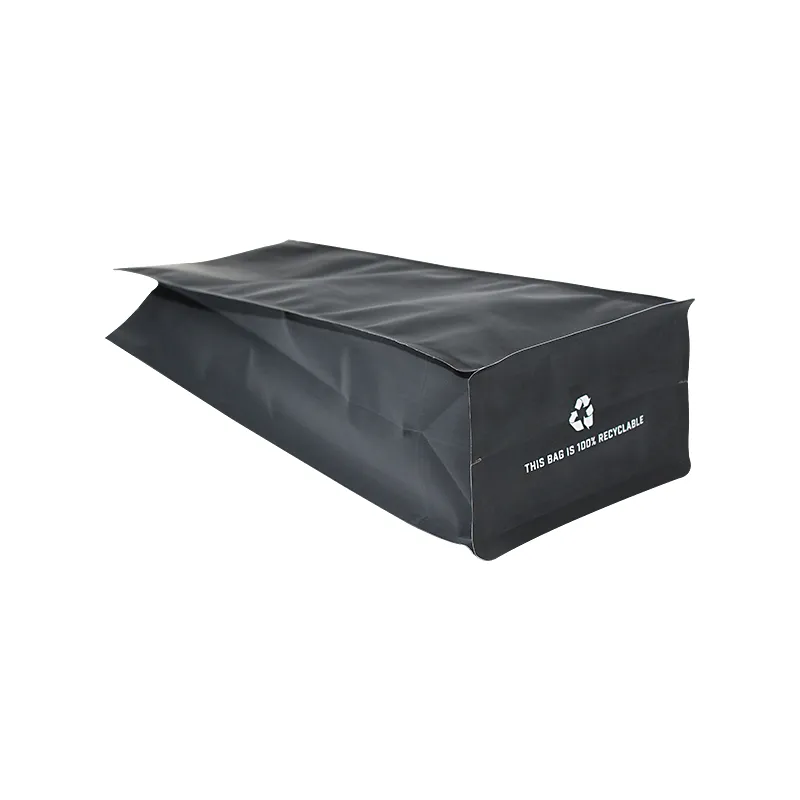- Afrikaans
- Albanian
- Amharic
- Arabic
- Armenian
- Azerbaijani
- Basque
- Belarusian
- Bengali
- Bosnian
- Bulgarian
- Catalan
- Cebuano
- chinese_simplified
- chinese_traditional
- Corsican
- Croatian
- Czech
- Danish
- Dutch
- English
- Esperanto
- Estonian
- Finnish
- French
- Frisian
- Galician
- Georgian
- German
- Greek
- Gujarati
- haitian_creole
- hausa
- hawaiian
- Hebrew
- Hindi
- Miao
- Hungarian
- Icelandic
- igbo
- Indonesian
- irish
- Italian
- Japanese
- Javanese
- Kannada
- kazakh
- Khmer
- Rwandese
- Korean
- Kurdish
- Kyrgyz
- Lao
- Latin
- Latvian
- Lithuanian
- Luxembourgish
- Macedonian
- Malgashi
- Malay
- Malayalam
- Maltese
- Maori
- Marathi
- Mongolian
- Myanmar
- Nepali
- Norwegian
- Norwegian
- Occitan
- Pashto
- Persian
- Polish
- Portuguese
- Punjabi
- Romanian
- Russian
- Samoan
- scottish-gaelic
- Serbian
- Sesotho
- Shona
- Sindhi
- Sinhala
- Slovak
- Slovenian
- Somali
- Spanish
- Sundanese
- Swahili
- Swedish
- Tagalog
- Tajik
- Tamil
- Tatar
- Telugu
- Thai
- Turkish
- Turkmen
- Ukrainian
- Urdu
- Uighur
- Uzbek
- Vietnamese
- Welsh
- Bantu
- Yiddish
- Yoruba
- Zulu
edible packs
Embracing Edible Packs The Future of Sustainable Packaging
In recent years, the conversation around sustainability has gained tremendous momentum, especially with regard to packaging. As the world grapples with the growing menace of plastic pollution, innovative alternatives are emerging to address this pressing issue. Among these alternatives, edible packs have surfaced as a promising solution that not only reduces waste but also aligns with consumer preferences for eco-friendly practices.
Edible packaging involves creating materials that can be safely consumed instead of discarded, derived from natural sources such as seaweed, potatoes, and other organic substances. One of the most notable examples is the development of seaweed-based wrappers, which can encapsulate food items in a biodegradable format while being fully edible. This technology offers a unique opportunity to transform how we think about product packaging, pushing the boundaries of conventional materials.
The benefits of edible packs extend far beyond waste reduction. For instance, they possess the potential to enhance food preservation through the addition of natural preservatives. By incorporating elements like antioxidants and antimicrobial agents, these edible films can effectively prolong the shelf life of products, thereby minimizing food waste—a significant issue in today’s food supply chain. This dual functionality not only advances sustainability efforts but also promotes healthier consumption habits among consumers who are increasingly mindful of food sources and their environmental impact.
Moreover, edible packaging presents a unique marketing opportunity for brands aiming to showcase their commitment to sustainability
. As consumers grow more environmentally conscious, they often seek products that align with their values. The use of edible packs signals a forward-thinking approach to packaging design. Companies that adopt this innovative solution can differentiate themselves in the competitive market by appealing to eco-minded shoppers. This branding strategy not only garners consumer loyalty but also reinforces a company's dedication to sustainability.edible packs

In addition to appealing to consumers and enhancing food preservation, edible packs pave the way for novel culinary experiences. Imagine a restaurant where your appetizer is served in an edible wrapper, adding flavor and texture to your meal. Chefs and food innovators can leverage this technology to push creative boundaries, incorporating edible packaging into their dishes to delight diners while simultaneously reducing waste. This intersection of food and packaging redefines the dining experience, inviting consumers to not only enjoy their meal but also appreciate the thought put into sustainable practices.
Despite the promising prospects of edible packs, challenges remain in the widespread adoption of this innovative packaging solution. One primary concern is the regulatory framework surrounding food-safe packaging materials. As edible packs are designed to contain consumable goods, they must meet stringent health and safety standards to ensure consumer protection. Additionally, the manufacturing process and sourcing of raw materials must be sustainable, ensuring that the production of edible packaging does not contribute to environmental degradation.
Furthermore, consumer acceptance plays a pivotal role in the success of edible packaging. Education and awareness campaigns are essential to familiarize consumers with the concept and benefits of edible packs. By highlighting case studies of successful edible packaging initiatives and the positive impact on both health and the environment, stakeholders can help shift consumer perceptions and encourage adoption.
In conclusion, edible packs represent a pivotal step towards revolutionizing the concept of packaging in a sustainable manner. By addressing plastic waste and enhancing food preservation, they align with the growing consumer demand for eco-friendly solutions. As we move towards a more sustainable future, embracing edible packaging can provide a tangible way to reduce our environmental footprint while also enhancing our culinary experiences. It is time for businesses, chefs, and consumers alike to consider the potential of edible packs and contribute to a circular economy that values sustainability without compromising on quality or taste.













